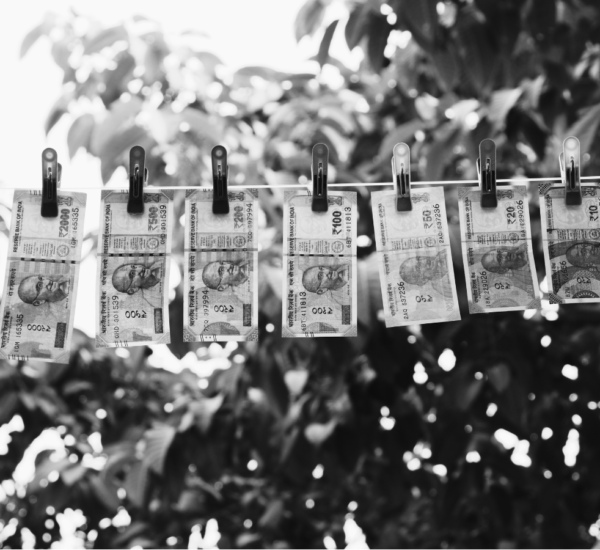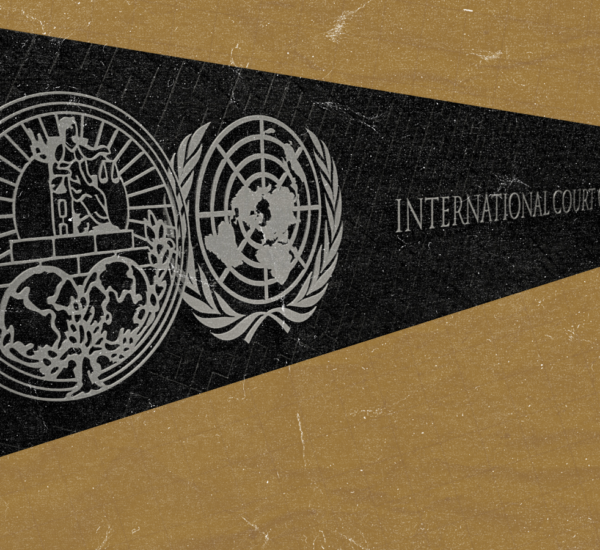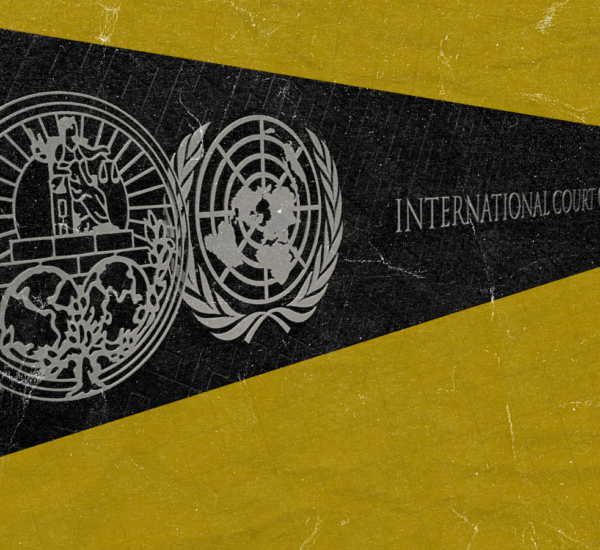This series analyses the changes proposed by the Criminal Law Bills in 2023. This article was first published as part of Project 39A’s Bharatiya Nagarik Suraksha Sanhita Bill, 2023 and Bharatiya Sakshya Bill, 2023: A Substantive Analysis, a complete version of which can be accessed here.
This post analyses the insertion of cl. 398 (directing States to frame witness protection schemes) under the Bharatiya Nagarik Suraksha Sanhita Bill, 2023.
Cl.398 BNSS provides: ‘Every State Government shall prepare and notify a Witness Protection Scheme for the State with a view to ensure protection of the witnesses.’ While this clause is an entirely new addition proposed in the criminal procedural framework, it is only an enabling provision for state governments to prepare and notify schemes for witness protection. However, when considered in light of legal developments and discourse on witness protection, the purpose and significance behind the inclusion of this provision is not discernible. In other words, the legislative aim behind the insertion of this clause is unclear.
I. Witness Protection Law in India
The most recent legal development concerning witness protection was the Witness Protection Scheme 2018. The Supreme Court in Mahender Chawla[1] declared this scheme to be law until the Parliament or various state governments prepared and notified their own Witness Protection Schemes. Although various provisions in the IPC, IEA and CrPC recognise the vulnerabilities faced by witnesses and provide some support,[2] the 2018 scheme was the first to develop a comprehensive approach towards ensuring the protection of witnesses in criminal proceedings. This scheme was based on a draft witness protection scheme supplied by the Central government, after deliberation and consultation with state governments.
The decision in Mahender Chawla, comes on the heels of a long line of judicial decisions and committee reports acknowledging the vulnerability of witnesses in the criminal justice system, and the need for an institutional response for their protection. The judgment recognises the extent of problems faced by witnesses ranging from difficulty in accessing courts due to expenses, travel, time and expense costs due to frequent adjournments,[3] callous treatment by court officials, as well as threats, intimidation and harassment. Through precedents, the Supreme Court also discusses the varying kinds of protection required depending on factors including the context of the crime, social status of the witness, and the power dynamics concerning the accused. For instance, child witnesses in sexual offence cases come with a unique set of protection needs to prevent intimidation and to protect them from the trauma of such proceedings.[4] Similarly, witnesses in offences committed by organised crime syndicates, such as terror outfits, may find their safety far more likely to be jeopardised.[5]
The 2018 scheme took an expansive approach to establish a holistic legal and institutional framework for the protection of witnesses. This included categorising risk/vulnerability levels of witnesses; procedures for witness protection; introduction of threat analysis reports by the police to gauge the level of protection required by witnesses; and constituting a body comprising police officials and Sessions/District Court judges to implement and oversee its functioning. While, there may be limits to the framework proposed by the 2018 Scheme – including its overreliance on the police for threat assessment or limiting the scope of witness protection to three months; this scheme was a first step towards a comprehensive legal framework for witness protection.
II. Implications of Cl.398
The change, or the purpose behind Cl.398, remains unclear in the face of the aforementioned developments. Cl.398 merely reiterates the direction under Mahender Chawla, enabling states to frame their own witness protection schemes. Thus, in the absence of any further guidance, it appears then that the 2018 scheme will remain operational, in the absence of specific state legislation.
[1] Mahender Chawla v. Union of India (2019) 14 SCC 615.
[2] S.195A IPC criminalises threatening of witnesses. S.151 and 152 IEA prohibit parties from asking scandalous or insulting questions to the witnesses. S.327 CrPC empowers the magistrate to shield the proceedings of the court from the public view. S.327(2) CrPC requires that trial for rape be conducted in camera. It also empowers the judge to control the publication of proceedings. S.22 UAPA, criminalising the threatening of witnesses using violence and other means; s.74 Juvenile Justice (Care and Protection of Children) Act, 2015, prohibiting disclosure of the identity of child witnesses.
[3] Law Commission of India, Fourteenth Report (Reform of Judicial Administration), Volume II, (Law Commission of India Report No. 14, 1958).
[4] Sakshi v. Union of India (1999) 6 SCC 591; Delhi Domestic Workers Union v. Union of India (1995) 1 SCC 14.
[5] People’s Union for Civil Liberties v. Union of India (2007) 1 SCC 719.





